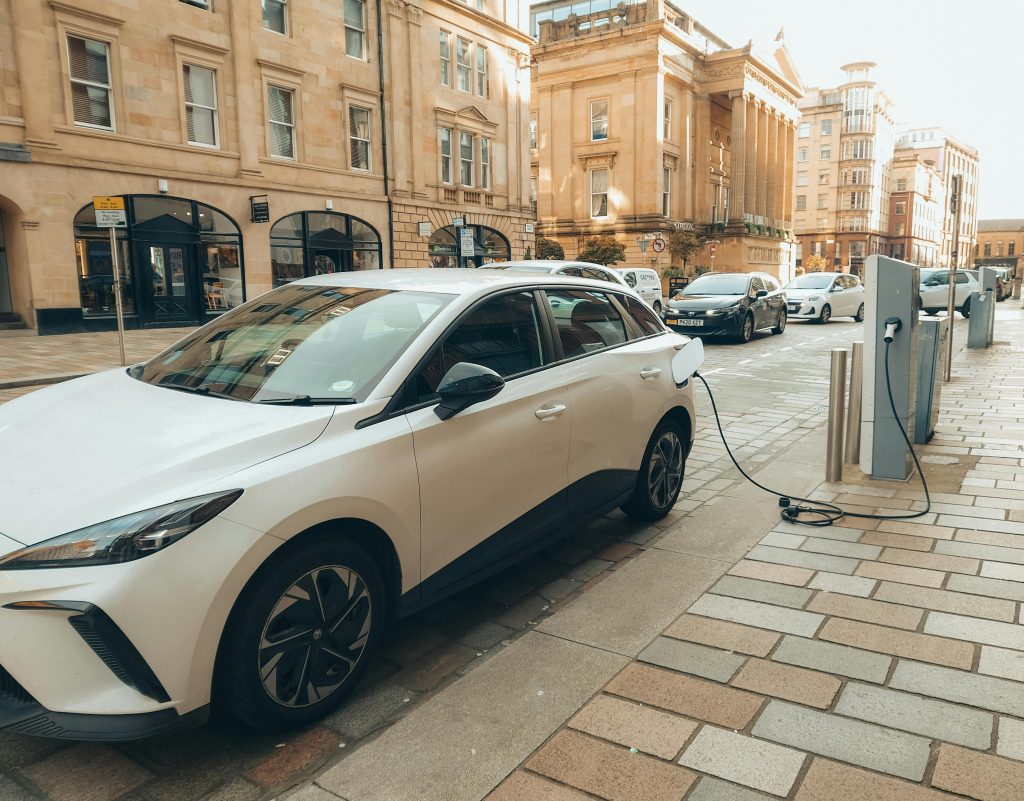Introduction
Sustainability is no longer a buzzword—it’s a business imperative. As climate concerns grow and consumers demand transparency, companies in 2025 are rethinking their strategies from the ground up to prioritise the planet.
Going green isn’t just about cutting emissions or swapping out plastic packaging. It’s about building long-term, responsible practices that protect the environment, support communities, and future-proof business models.

In this article, we explore how companies are going green in 2025, the trends driving change, and the practical steps businesses are taking to make sustainability part of their core mission.
1. Embedding Sustainability into Business Models
Forward-thinking companies are shifting sustainability from side project to strategic foundation.
What This Looks Like:
- Integrating sustainability goals into overall business KPIs
- Making ESG (Environmental, Social, and Governance) reporting a standard practice
- Launching purpose-driven initiatives that align profit with planet
Example:
Australian retailer Country Road links executive bonuses to sustainability performance—proving green goals now drive business outcomes.
2. Carbon Neutral and Net-Zero Commitments
More companies are setting net-zero emissions goals, with many aiming for carbon neutrality by or before 2030.
Key Approaches:
- Investing in renewable energy (solar, wind, hydro)
- Electrifying fleets and transport systems
- Using carbon offset programs (tree planting, carbon credits)
- Tracking emissions across Scope 1, 2, and increasingly, Scope 3
Notable in 2025:
Companies are expected to disclose emissions transparently using science-based targets and verified third-party data.
3. Circular Economy Practices
The linear model of take-make-dispose is out. In 2025, companies are embracing the circular economy—designing products and processes that reduce waste and reuse materials.
Circular Economy in Action:
- Product take-back and recycling programs
- Repair and reuse services
- Packaging made from recycled or biodegradable materials
- Closed-loop manufacturing systems

Real-World Example:
Patagonia’s Worn Wear program repairs and resells used gear—extending product life and reducing environmental impact.
4. Greener Supply Chains
Sustainability is only as strong as the supply chain behind it. In 2025, businesses are demanding more from their suppliers.
Supply Chain Shifts:
- Auditing suppliers for ethical and environmental standards
- Reducing shipping emissions via route optimisation and local sourcing
- Collaborating with sustainable vendors and logistics partners
- Implementing blockchain for transparency and traceability
Result:
Sustainable supply chains don’t just protect brand reputation—they reduce risk and boost long-term resilience.
5. Renewable Energy and Green Infrastructure
Companies are turning to clean energy not only to reduce emissions but also to cut costs and meet investor expectations.
Investments Include:
- On-site solar and wind installations
- Energy-efficient buildings with smart lighting and climate control
- Purchasing green energy through power purchase agreements (PPAs)
- Battery storage systems to support renewable transitions
Bonus Benefit:
Energy independence improves operational reliability—especially in regions facing energy price volatility.
6. Sustainable Product Design and Innovation
Eco-friendly products aren’t just trendy—they’re becoming the default.
Product Trends in 2025:
- Minimalist packaging made from recycled or plant-based materials
- Durable, repairable, or modular product design
- Certifications like B Corp, Fair Trade, or Cradle to Cradle
- Biodegradable and compostable alternatives to traditional materials

Insight:
Consumer loyalty in 2025 is increasingly tied to how sustainable a product is from start to finish.
7. Water and Waste Management Improvements
Water conservation and waste reduction are key operational focuses.
Sustainability Tactics:
- Greywater recycling systems in manufacturing and offices
- Zero-landfill policies
- Organic waste composting
- Waste-to-energy conversion in industrial operations
Why It Matters:
With water scarcity and pollution rising globally, companies that reduce their environmental footprint gain both reputational and regulatory advantages.
8. Employee Engagement in Sustainability Goals
In 2025, green initiatives aren’t confined to boardrooms—they’re becoming culture-wide movements inside organisations.
How Companies Involve Teams:
- Sustainability committees or green teams
- Volunteering and environmental education programs
- Rewards for sustainable commuting or behaviour
- Transparent reporting to keep everyone informed and motivated
Culture Tip:
When employees see their actions matter, they become ambassadors for company-wide sustainability.
9. Leveraging Technology for Sustainability
Smart tech is accelerating green transitions across industries.
Digital Tools Helping Companies Go Green:
- IoT devices for energy and water monitoring
- AI-powered logistics for efficient routing and delivery
- Blockchain for tracking materials and emissions
- Cloud-based systems that reduce physical resource usage

Digital + Green:
Technology allows for real-time data tracking, helping businesses optimise faster and prove their progress.
10. Transparent Communication and Green Marketing
In 2025, consumers expect honesty—greenwashing won’t cut it.
Effective Sustainability Messaging:
- Publishing annual sustainability reports
- Sharing measurable progress, not just intentions
- Being transparent about challenges and next steps
- Highlighting certifications, partnerships, and goals
Pro Tip:
Authenticity builds trust. Show your sustainability journey—even if it’s still in progress.
Conclusion
Sustainability in 2025 is about more than meeting environmental targets—it’s about creating future-ready businesses that align with evolving customer values, regulatory expectations, and planetary needs.
Whether it’s cutting emissions, innovating through circular design, or empowering employees to make a difference, the companies leading the charge are those who integrate sustainability at every level.
The future of business is green—and it starts with bold, practical action today.


